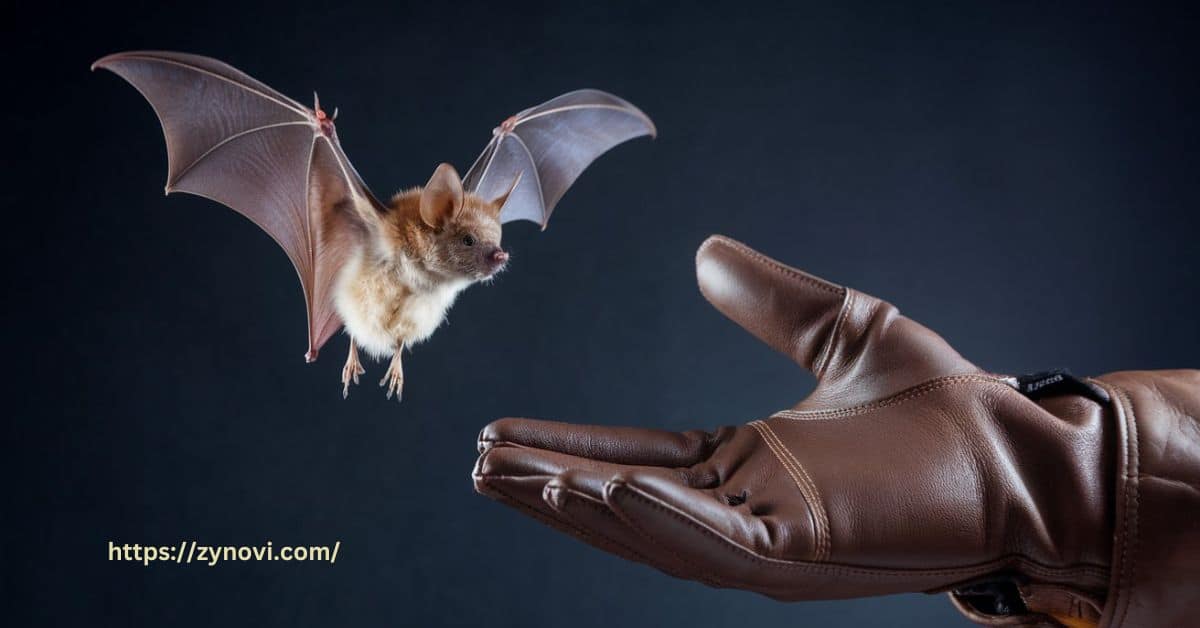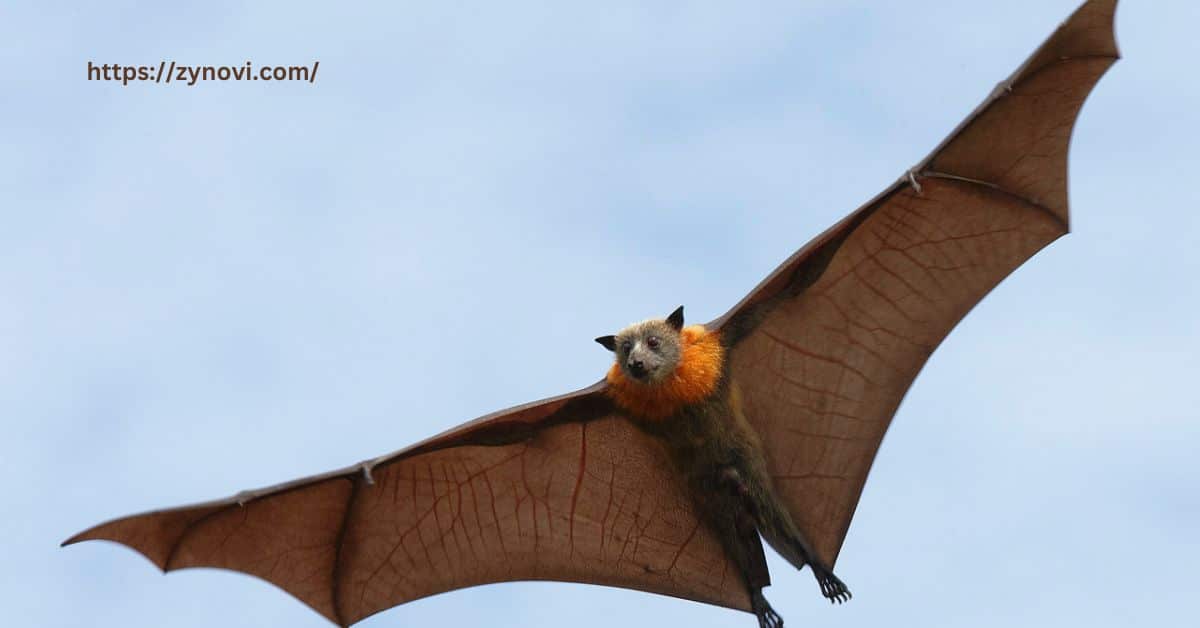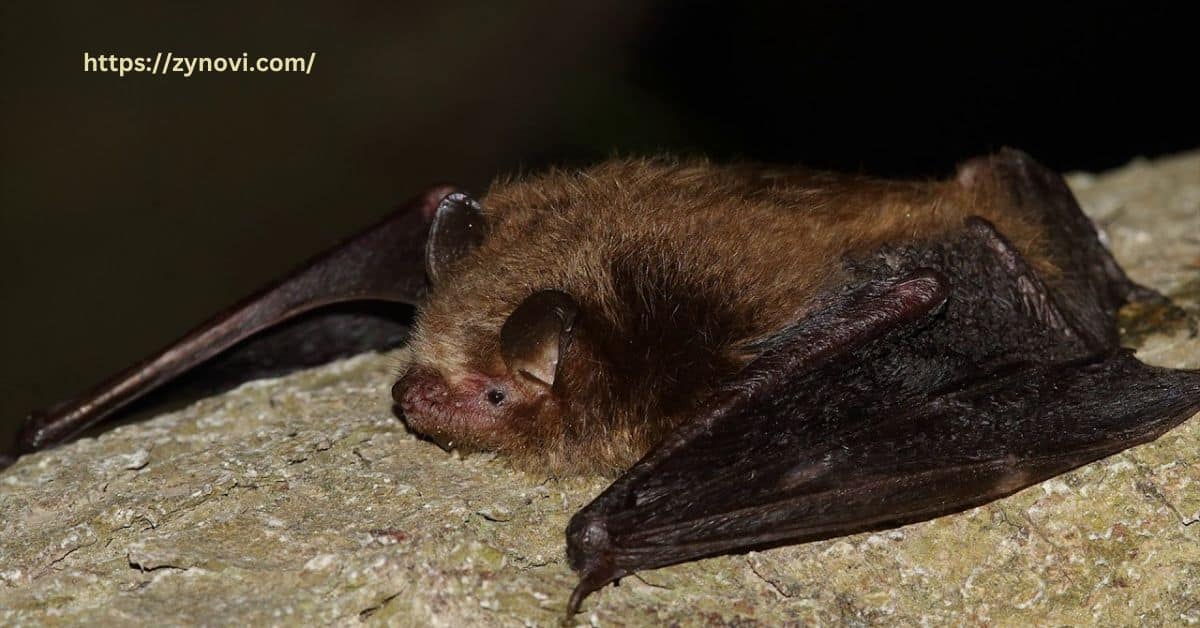Do Bats Attack Humans? Bats aren’t on the hunt for humans; they’re peaceful creatures that rarely pose a threat unless cornered or disturbed.
If you’ve ever wondered about the mysterious creatures flying through the night sky, you’re not alone. The idea of bats attacking humans is a common fear, but how true is it? Let’s clear up some misconceptions and uncover the truth about these fascinating animals.
While bats are often misunderstood, the reality is that they rarely pose a threat to humans. Instead, they play an essential role in our ecosystem. But, as with any wild animal, knowing how to safely coexist with bats can help you avoid potential health risks. Keep reading to discover the facts!
Understanding Bats: Nature’s Misunderstood Creatures
What Are Bats?
Bats belong to the order Chiroptera, which means “hand-wing.” With over 1,400 species, they are the only mammals capable of true flight. They play a crucial role in ecosystems by pollinating plants, controlling insect populations, and dispersing seeds.
Bats are classified into three main dietary groups:
- Insectivores – These bats, like the Mexican long-tongued bat, feed primarily on insects.
- Frugivores – Also known as fruit bats, these include species like flying foxes, which help disperse seeds.
- Nectarivores – These bats consume nectar, aiding in pollination.
Bat Behavior and Lifestyle

Bats are nocturnal and use echolocation to navigate and hunt in complete darkness. They emit high-frequency sounds, which bounce off objects, helping them “see” with sound.
Native Environment and Eating Habits
Bats can be found in caves, trees, and buildings, selecting their roosting sites based on factors such as safety, climate, and proximity to food sources.
Their diet varies depending on the species. Insectivorous bats consume mosquitoes, beetles, and moths, making them essential for pest control.
Frugivorous bats feed on fruits, aiding in seed dispersal and forest regeneration. Meanwhile, nectarivorous bats pollinate flowers as they sip nectar, contributing to biodiversity.
Community Dynamics and Roosting Patterns
Bats can be found in caves, trees, and buildings, selecting their roosting sites based on safety, climate, and food availability.
Their diet varies by species insectivorous bats consume mosquitoes and beetles, frugivorous bats feed on fruits, and nectarivorous bats rely on flower nectar.
Some larger species, like flying foxes, prefer figs, while a few even hunt small vertebrates.
Do Bats Attack Humans?
Are Bats Naturally Aggressive?
Bats are not naturally aggressive toward humans. Most species prefer to avoid contact and will only bite in self-defense if they feel threatened or are handled. Echolocation helps them navigate without colliding with humans, and their primary focus is finding food, not attacking. Misconceptions often stem from fear rather than factual encounters.
Cases of Bats Attacking Humans
Although rare, there are instances where bats have bitten humans. These typically occur when:
- A bat feels threatened or cornered. If a bat is trapped inside a home or confined space, it may bite as a defensive reaction when it perceives no escape.
- A person picks up a sick or injured bat. Handling a bat, especially one that is unwell, increases the risk of being bitten as the bat may react in fear or distress.
- A bat with rabies exhibits unusual aggression due to neurological symptoms. Rabid bats may lose their natural fear of humans and act erratically, which can lead to unprovoked bites or contact.
Why Would a Bat Bite a Human?
Do Bats Attack Humans? Bats bite humans only in self-defense or when diseased. Defensive biting happens when they feel trapped, cornered, or threatened. If a person grabs or disturbs a bat, it may respond with a bite to escape.
Additionally, rabid bats may exhibit erratic behavior and aggression, though most infected bats become too weak to fly and are unlikely to bite unless handled.
Health Risks Associated with Bats

Rabies – The Most Serious Concern
Bats are a significant carrier of rabies, a viral disease that affects the nervous system. However, only 0.5% of bats actually carry rabies. Rabies is transmitted through saliva via bites or scratches.
Once symptoms appear, the disease is almost always fatal, making immediate medical attention crucial if bitten.
Preventative measures, such as avoiding bat contact and vaccinating pets, reduce the risk of transmission and ensure safety for both humans and animals.
Signs of Rabies in Bats
- Difficulty flying or crawling on the ground: Rabid bats may struggle to fly and may be found crawling or moving erratically on the ground.
- Aggressive behavior or disorientation: Infected bats may exhibit aggressive actions or appear confused and disoriented, often reacting unpredictably.
- Unusual activity during daylight hours: Rabid bats may be seen active during the day, which is atypical as they are usually nocturnal.
What to Do If Bitten by a Bat?
- Wash the wound with soap and water: Clean the bite area thoroughly with soap and water to reduce the risk of infection.
- Seek medical attention immediately: Contact a healthcare professional right away for evaluation and further treatment.
- Get a rabies vaccination if necessary: If recommended by a doctor, start a rabies vaccination series as soon as possible to prevent infection.
Histoplasmosis – A Hidden Respiratory Threat
Bat droppings, also known as guano, can harbor the fungus Histoplasma capsulatum, which causes histoplasmosis.
This fungal infection primarily affects the respiratory system, leading to symptoms such as coughing, chest pain, and difficulty breathing. It is particularly dangerous for individuals with weakened immune systems, as they are more susceptible to severe complications.
Symptoms of Histoplasmosis
- Fever and chills: Common symptoms include fever accompanied by chills, which can vary in intensity.
- Cough and chest pain: A persistent cough and chest pain may develop, often causing discomfort and difficulty breathing.
- Fatigue and body aches: Infected individuals may experience general fatigue, muscle aches, and overall body weakness.
Other Potential Risks from Bats: Besides rabies and histoplasmosis, bats can carry mites, ticks, and bacteria. Although the risk is minimal, avoiding direct contact is always advisable.
How to Stay Safe Around Bats

Avoiding Unintentional Contact
To minimize risks:
- Do not handle bats with bare hands: Always use gloves or tools if you must handle a bat, as direct contact can transmit diseases like rabies.
- Keep windows and doors screened to prevent bats from entering your home: Install tight-fitting screens on windows and doors to keep bats from entering your living space, especially at night.
- Stay away from bats that appear sick or are active during the day: Bats that are behaving unusually or active during daylight hours may be sick and should not be approached.
What to Do If You Find a Bat Indoors?
If a bat enters your home:
- Stay calm and avoid sudden movements: Keep calm and avoid startling the bat, as sudden movements could make it more difficult to control the situation.
- Close interior doors to contain the bat: Close doors to limit the bat’s access to other rooms and keep it contained in one area.
- Open windows and turn off lights to guide it outside: Open windows and dim the lights to encourage the bat to fly toward the exit and leave your home.
- If necessary, call wildlife control for safe removal: If the bat cannot be safely removed, contact wildlife control to ensure proper handling and release.
Preventing Bat Infestations in Your Home
Bat infestations can be a nuisance, but proper prevention measures can help.
| Prevention Method | Description |
|---|---|
| Seal Entry Points | Close gaps in roofs, walls, and vents. |
| Install Bat Houses | Provide alternative roosting sites to keep bats away from buildings. |
| Regular Inspections | Check attics and basements for signs of bats. |
| Professional Removal | Contact experts for humane bat exclusion. |
When to Seek Medical Attention
If you’ve been in close contact with a bat, consult a doctor if:
- You are bitten or scratched: If you are bitten or scratched by a bat, seek medical attention immediately to prevent potential diseases like rabies.
- You wake up to find a bat in your room: If you wake up and find a bat in your room, there’s a risk of being exposed to saliva or scratches, so it’s important to consult a healthcare provider.
- You suspect exposure to bat saliva or guano: If you suspect you’ve come into contact with bat saliva or droppings, seek medical advice to check for any potential infection, such as histoplasmosis or rabies.
FAQs
Are bats aggressive to humans?
Bats are not aggressive and typically avoid human contact unless they feel threatened or provoked.
Why do bats swoop at you?
Bats may swoop at you if they feel startled, are navigating in low light, or are trying to escape an area.
Is it dangerous if a bat touches you?
While a bat touching you isn’t usually dangerous, it’s important to avoid direct contact, as bats can carry diseases like rabies.
Is it safe to sleep with a bat in your room?
It’s not safe to sleep with a bat in your room, as it could bite, scratch, or expose you to potential diseases.
Conclusion: Do Bats Attack Humans?
Bats are generally not aggressive and will not attack humans unless provoked or threatened. They play a crucial role in ecosystems, helping to control insect populations and pollinate plants. However, they can pose health risks, such as transmitting rabies through bites or scratches and spreading histoplasmosis through their droppings.
While these risks are real, they can be minimized by following proper safety measures, such as avoiding direct contact, securing your home, and seeking medical attention if exposed. By taking these precautions, you can safely coexist with bats and appreciate their ecological importance without fear.










